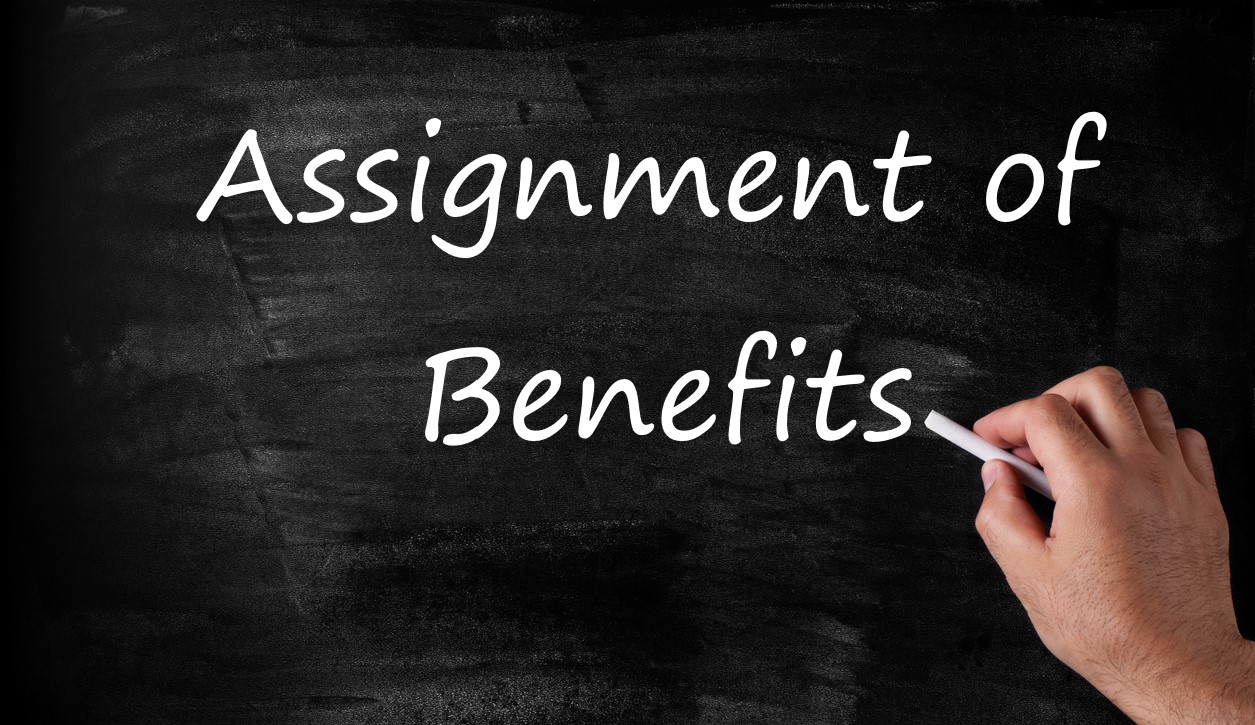A standard business interruption form reads:
We will pay for the actual loss of Business Income you sustain due to the necessary suspension of your “operations” during the “period of restoration”. The suspension must be caused by direct physical loss of or physical damage to property at the “scheduled premises”…caused by or resulting from a Covered Cause of Loss.
Most commercial property policies define the “period of restoration” as the period of time that:
Begins with the date of direct physical loss or physical damage caused by or resulting from
a Covered Cause of Loss at the “scheduled” premises, and
b. Ends on the date when: (1) The property at the “scheduled premises” should be repaired, rebuilt or replaced with reasonable speed and similar quality; or
(2) The date when your business is resumed at a new, permanent location. Whichever is earlier.
Often a commercial lessee will not obtain building coverage because the lessee does not own the leased property, but it will obtain coverage for business personal property and the equipment maintained at the leased premises. In these types of cases, commercial tenants who sustain a property loss will argue for a lengthier period of restoration by asserting that “scheduled premises” refers to the actual building in which it leases space, and therefore, the period of restoration should end when the building owner repairs, rebuilds, or replaces the building in which the damage is located. On the other hand, insurers argue that the period of restoration should end when the commercial lessee obtains new leased space and repairs, rebuilds, or replaces the business personal property that was lost.
But what if the commercial lessor takes too long to repair or restore the insured building? Should the lessor’s delay or inability to rebuild be taken into consideration in the lessee’s claim for business interruption coverage? After the terrorists attacks of 9/11, courts were asked to answer the question of whether the actions of the commercial lessor should be considered in determining the period of restoration. In general, courts held that the period of restoration should be only tied to the insured’s lease and business personal property and not to the original location of the building that housed the insured’s leased space.
Specifically, in Duane Reade, Inc. v. St. Paul Fire and Marine Ins. Co., 411 F.3d 384 (2nd Cir. 2005), the court found that there was nothing in the business interruption clause that provided site-specific coverage, i.e., to resume operations at the World Trade Center. The Court specifically stated:
It would be entirely unreasonable to interpret the Restoration Period to include the time it would take for Duane Reade to resume operations in a store located at its former site where that site was neither the subject of the insurance policy nor expressly provided for in the calculus set forth in the Restoration Period.
In Lava Trading v. Hartford Fire Ins. Co., 365 F.Supp.2d 434 (S.D.N.Y. 2005), Hartford argued that the period of restoration ended when the insured “should have” replaced its personal property and relocated with “reasonable speed and similar quality.” In contrast, the insured argued that the phrase “property at the described premises” referred to the entire World Trade Center building, and because that building could not be rebuilt within the twelve months following September 11, 2001, the period of restoration should be the maximum twelve months allowed for under the policy. The Court rejected the insured’s argument, holding that the policy did not provide coverage for the “building” in which it operated, finding that the phrase “property at the described premises” referred to the insured’s business personal property located in its rented office suite.
Notwithstanding the bright line rule established in the World Trade Center cases, courts have found that if the commercial lessee has an insurable interest over the “described premises,” the period of restoration will be tied to the restoration of the original site.
For example, in Zurich American Ins. Co. v. ABM Industries, Inc., 397 F.3d 158 (2nd Cir. 2005), the insured was a contractor who employed more than 800 people to provide maintenance, janitorial and HVAC services in the common areas of the World Trade Center. In finding in favor of the insured, the court noted that although the insured did not “own” or “lease” the common areas and the premises of the other tenants, the insured “controlled,” “used,” or “intended to use” these areas and the common areas were vital to the execution of the insured’s business purpose.
The ABM court also reasoned that “while exclusive access to an area is not necessary to ‘control’ that area, exclusivity strongly supports that ‘control’ exists.” Id. at 166-167. The court found that “ABM’s privileged relationship with, and management of, its offices, storage spaces, freight elevators, closets, and sinks indicates that it exerted power and direct influence over these premises . . .[it] ‘controlled’ its occupied properties.” Id.
In light of these legal nuances, it is important to closely look at the relationship between the lessor and the lesee to determine whether the lessor’s failure to restore the premises where the business is located can be tied to the lessee’s period of restoration.



